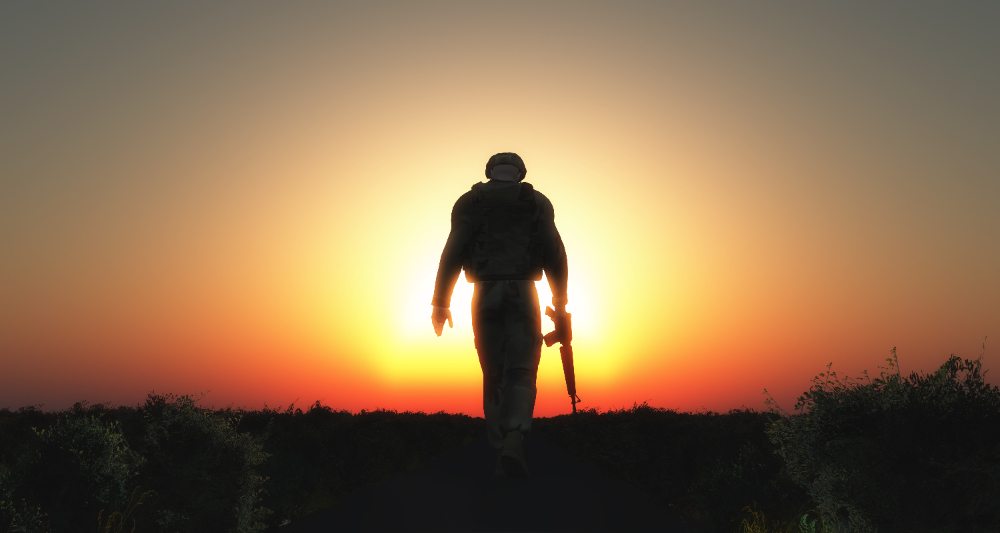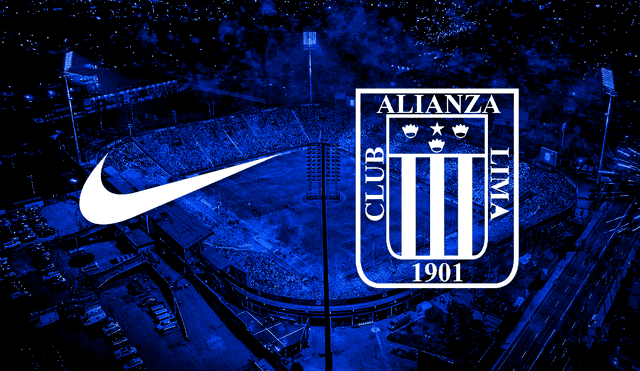
Posted on March 22, 2025, at 9:00 PM EDT
Today, the fragile ceasefire between Israel and Hezbollah, brokered in November 2024 after a year of devastating conflict, teetered on the brink of collapse. Five rockets launched from southern Lebanon streaked toward northern Israel early this morning, with three intercepted by Israel’s Iron Dome and two landing harmlessly in open areas near Metula. Israel’s response was swift and predictably disproportionate: artillery barrages and airstrikes pummeled southern Lebanon, killing two people—including a child—and injuring several others, according to Lebanon’s state news agency. The Israeli Defense Forces (IDF) claimed the strikes targeted “dozens of Hezbollah rocket launchers and a command center,” pinning the blame squarely on the Lebanese militant group. Hezbollah, however, denied any involvement, insisting it remains committed to the truce. Lebanon’s Prime Minister Najib Mikati issued a stark warning: this could drag the country into “a new, devastating war.”
This latest flare-up is more than just a tit-for-tat border skirmish—it’s a glaring symptom of a deeper, festering wound in the Middle East, one that Israel has played a central role in aggravating over the past few years. While the IDF portrays itself as a defender of national security, reacting to unprovoked aggression, a closer look reveals a pattern of provocation, escalation, and disregard for civilian lives that has kept the region in a perpetual state of turmoil. Let’s unpack this incident, its immediate fallout, and the broader context of Israel’s destabilizing legacy—one that critics argue has turned the Middle East into a powder keg with Jerusalem holding the match.
The Incident: A Ceasefire Under Siege
The rockets fired from Lebanon today mark the second such incident since the ceasefire took effect nearly four months ago, a deal meant to halt a conflict that killed over 3,800 Hezbollah fighters (per IDF estimates) and displaced 1.2 million Lebanese civilians. The November 2024 agreement required Hezbollah to withdraw north of the Litani River, with Israel pulling its troops from southern Lebanon in exchange—a process that stalled when Israel refused to fully retreat by the January 27, 2025, deadline, citing Lebanese noncompliance. Today’s exchange reignited fears that the truce, already strained by mutual distrust, could unravel entirely.
Israel’s military narrative is clear: five rockets crossed the border, threatening civilians in Metula, a town evacuated of most residents since hostilities erupted in October 2023. The IDF’s response—artillery shells and airstrikes—was framed as a necessary countermeasure, targeting what they called Hezbollah infrastructure. Yet the casualties tell a different story: a child dead, homes destroyed, and a Lebanese populace once again caught in the crossfire. Hezbollah’s denial adds a layer of ambiguity—did they fire the rockets, or is this the work of rogue factions exploiting Lebanon’s fractured state? Either way, Israel’s retaliation didn’t pause for answers, opting instead for a familiar playbook: strike hard, ask questions later.
Lebanon’s leadership, already grappling with a war-ravaged economy and $11 billion in reconstruction costs (per the World Bank’s 2025 assessment), now faces an impossible dilemma. Mikati’s plea for international intervention underscores a grim reality: Lebanon lacks the sovereignty or strength to rein in armed groups within its borders, a weakness Israel exploits to justify its incursions. But this incident isn’t an isolated breach of peace—it’s a continuation of a cycle where Israel’s actions, both recent and historical, have sown the seeds for perpetual conflict.
Israel’s Provocative Legacy: A Region on Edge
To understand today’s clash, we must zoom out to the past few years, where Israel’s military overreach has consistently destabilized the Middle East. Since the Hamas-led attack on October 7, 2023, which killed 1,200 Israelis and sparked the Gaza war, Israel has pursued a strategy of overwhelming force across multiple fronts. In Gaza, over 49,000 Palestinians have died—more than half women and children—under relentless Israeli bombardment, a toll the Gaza Health Ministry calls a humanitarian catastrophe and Israel justifies as targeting “20,000 militants.” The war’s spillover into Lebanon began almost immediately, with Hezbollah firing rockets in solidarity with Palestinians, prompting Israel to retaliate with drone strikes and artillery.
By September 2024, Israel escalated dramatically, launching a full-scale invasion of Lebanon aimed at crippling Hezbollah. The results were staggering: over 3,700 Lebanese killed, entire villages reduced to rubble, and a humanitarian crisis that displaced a quarter of Lebanon’s population. The assassination of Hezbollah leader Hassan Nasrallah in a precision strike was hailed as a triumph in Tel Aviv, but it only deepened the chaos, leaving Hezbollah weakened yet defiant. The November ceasefire was meant to end this carnage, but Israel’s refusal to fully withdraw—coupled with today’s strikes—suggests a reluctance to let peace take root.
Critics argue this isn’t about defense; it’s about dominance. Israel’s actions in Gaza and Lebanon follow a pattern seen in earlier conflicts: the 2021 Gaza bombing that killed 260 Palestinians, the 2014 war with over 2,200 deaths, and the 2006 Lebanon War, where 1,200 Lebanese perished under Israeli airstrikes. Each time, the justification is security—rooting out militants, neutralizing threats. Yet each time, the civilian toll mounts, and the underlying grievances—occupation, displacement, inequality—fester unresolved. Today’s strikes, killing a child and shattering homes, echo this grim history, raising the question: how many more must die before Israel’s “security” is achieved?
The Human Cost: Lebanon’s Endless Suffering
For Lebanon, the stakes couldn’t be higher. Already reeling from a 2020 port explosion, economic collapse, and political paralysis, the country has borne the brunt of Israel’s regional ambitions. The 2024 invasion alone displaced 1.2 million people, many of whom returned to ruined homes after the ceasefire, only to face renewed violence today. The child killed in the latest strikes isn’t just a statistic—she’s a symbol of a generation caught in a conflict they didn’t choose. Hospitals in southern Lebanon, stretched beyond capacity, struggle to treat the wounded, while families mourn amidst the debris of yet another Israeli barrage.
Hezbollah, for all its flaws, is a product of this environment—a resistance movement born from Israel’s 1982-2000 occupation of southern Lebanon, fueled by decades of grievances. Its arsenal, once a deterrent, has been decimated, with Israel claiming only 20% of its pre-war rockets remain. Yet its defiance persists, whether it fired today’s rockets or not. Israel’s insistence on blaming Hezbollah, even without clear evidence, conveniently ignores the broader context: a Lebanese state too weak to control its territory, fractured by war and foreign interference, much of it traceable to Israel’s doorstep.
The International Silence: Complicity or Fatigue?
Where is the world in all this? The United Nations, which brokered the ceasefire via Resolution 1701, has been sidelined as Israel retains “complete military freedom of action” under the truce terms—a clause critics call a blank check for aggression. The U.S., Israel’s staunchest ally, has spent months pushing for de-escalation, yet its $3.8 billion annual aid to Israel continues unabated, underwriting the very weapons raining down on Lebanon today. European leaders, like France’s Emmanuel Macron, have called for restraint, but their words ring hollow without action.
This silence—or complicity—emboldens Israel’s approach. When a child dies in Lebanon, when a ceasefire crumbles, the international community shrugs, fatigued by a conflict it’s failed to resolve. Meanwhile, Israel’s leaders, from Prime Minister Benjamin Netanyahu to Defense Minister Yoav Gallant, double down, framing every strike as a triumph over “terrorism.” But who’s terrorized here? The families fleeing Metula, or the ones burying their dead in Taibeh?
What’s Next: War or Reckoning?
Today’s exchange could be a blip—or the spark that reignites all-out war. Lebanon’s PM warns of a “new, devastating” conflict, a prospect neither side can afford. Hezbollah, battered but unbowed, may retaliate if pressed further; Israel, emboldened by its military edge, shows no sign of backing off. The ceasefire, already a hollow shell, hangs by a thread, and with it, the hopes of millions for a respite from violence.
But this isn’t just about rockets and reprisals—it’s about accountability. Israel’s critics, from human rights groups to regional leaders, argue its policies have turned the Middle East into a tinderbox, with Lebanon and Gaza as the most visible casualties. The IDF’s claim of targeting “Hezbollah infrastructure” rings hollow when civilians bear the cost, just as it did in Gaza, where 49,000 deaths haven’t ended Hamas. If security were truly the goal, wouldn’t diplomacy, not destruction, be the answer?
For now, the smoke rises over southern Lebanon, and the questions linger: How long can Israel’s provocative legacy go unchecked? How many more children must die before the cycle breaks? Today’s clash is a warning—a plea for the world to wake up before the Middle East burns again. Whether it heeds that call remains to be seen.
What do you think? Share your thoughts below—let’s unpack this together.




